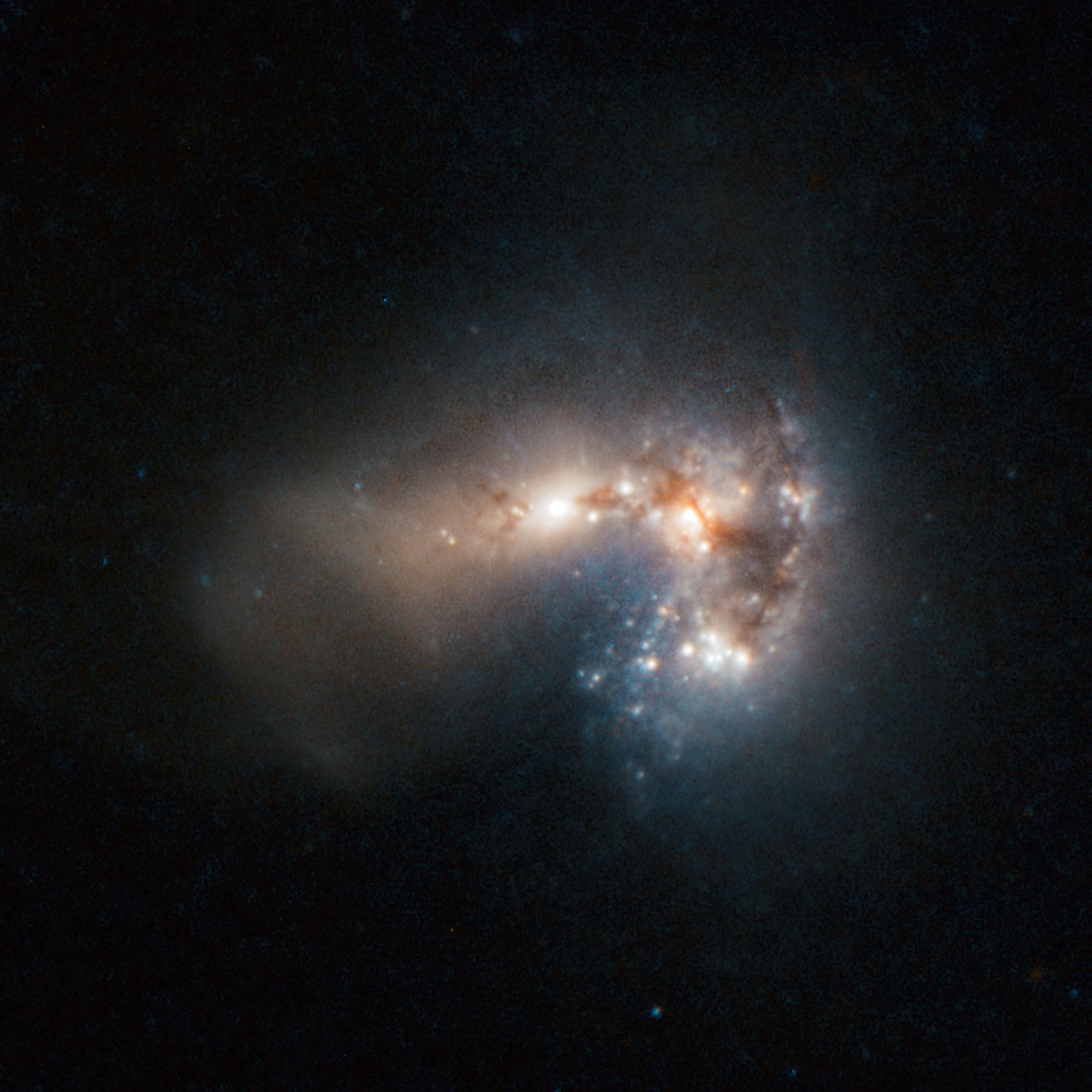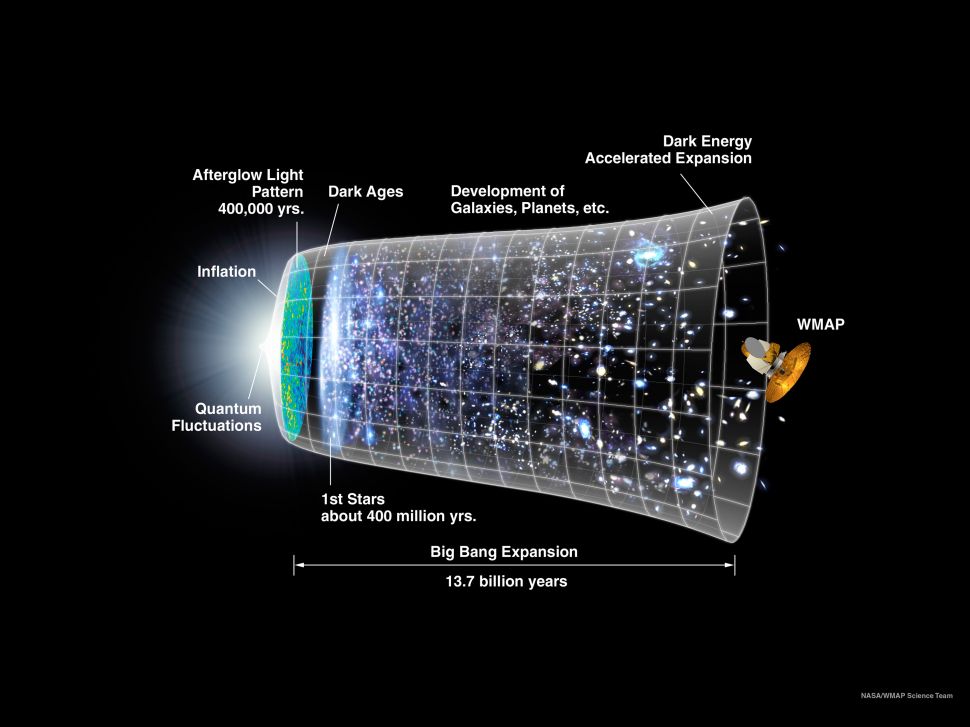Powerful, nearby black holes could help to explain universe's origins
Could a black hole reveal clues about the Epoch of Reionization?

Nearby galaxies and their black holes could hold the answers to the existential questions that remain unanswered about the beginning of the universe.
A black hole within a nearby galaxy called Tol 0440-381 shines about one million times brighter than the sun, researchers from the University of Iowa found in a new study. This object suggests that powerful black holes could have played a major role in cosmic evolution, the team asserts in this work.
Hundreds of thousands of years after the Big Bang, the universe was transparent for some time but had no stars. These dark ages ended about 400,000 years after the Big Bang, when the first stars began to form and light flooded the young cosmos.
Video: Dwarf galaxy’s black hole triggers star formation
Related: The strangest black holes in the universe

These earliest stars were behemoths, about 30 to 300 times as massive as our sun and millions of times as bright, according to NASA's Goddard Space Flight Center. These powerful stellar furnaces burned for only a few million years before exploding as supernovae.
While their lives were short and extreme, these earliest stars had a tremendous impact on our modern universe. The high energy explosions released tremendous energy into space; energy powerful enough to split hydrogen atoms into electrons and protons, establishing a new period in the universe's history: the Epoch of Reionization, which arose with the universe's first stars and galaxies and lasted until about one billion years after the Big Bang.
The powerful light these stars emitted and their frequent transformation into black holes after going supernova likely played a huge role in shaping the future galaxies that would soon populate the universe.
Get the Space.com Newsletter
Breaking space news, the latest updates on rocket launches, skywatching events and more!
The details of exactly how this all happened is still unclear, however. The James Webb Space Telescope is arriving at its final home in space today (Jan. 24), and scientists aim to use its next-generation instruments to help answer such questions about the universe's adolescence. In the meantime, however, these researchers are working on this question by studying nearby galaxies with instruments already in full working order.
Using data collected by NASA's Chandra X-Ray Observatory in February 2021, the team identified the powerful black hole within Tol 0440-381 and found similarities to the early stars that powered the Epoch of Reionization.
"The implication is that outflows from black holes may be important to enable escape of the ultraviolet radiation from galaxies that reionized the intergalactic medium," study author Phil Kaaret, professor and chair in the Department of Physics and Astronomy at the University of Iowa, said in a statement about the new work.
Related: The Milky Way's supermassive black hole is leaking gas
"We can't yet see the sources that actually powered the universe's reionization because they are too far away," Kaaret said. "We looked at a nearby galaxy with properties similar to the galaxies that formed in the early universe. One of the primary reasons that the James Webb Space Telescope was built was to try to see the galaxies hosting the sources that actually powered the universe's reionization."
The new paper was published online Dec. 14 in the journal Monthly Notices of the Royal Astronomical Society.
Follow Doris Elin Urrutia on Twitter @salazar_elin. Follow us on Twitter @Spacedotcom and on Facebook.
Join our Space Forums to keep talking space on the latest missions, night sky and more! And if you have a news tip, correction or comment, let us know at: community@space.com.

Doris is a science journalist and Space.com contributor. She received a B.A. in Sociology and Communications at Fordham University in New York City. Her first work was published in collaboration with London Mining Network, where her love of science writing was born. Her passion for astronomy started as a kid when she helped her sister build a model solar system in the Bronx. She got her first shot at astronomy writing as a Space.com editorial intern and continues to write about all things cosmic for the website. Doris has also written about microscopic plant life for Scientific American’s website and about whale calls for their print magazine. She has also written about ancient humans for Inverse, with stories ranging from how to recreate Pompeii’s cuisine to how to map the Polynesian expansion through genomics. She currently shares her home with two rabbits. Follow her on twitter at @salazar_elin.









